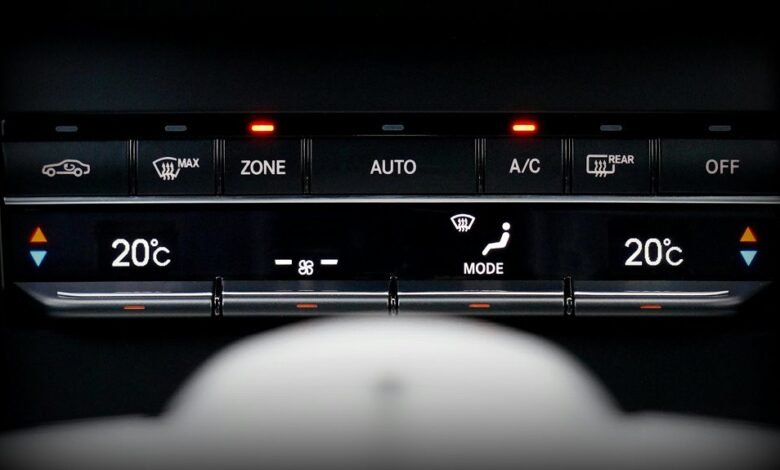70 Celsius to Fahrenheit: How to Convert 70°C to Fahrenheit

The conversion of 70°C to Fahrenheit involves a straightforward mathematical process. Understanding the Celsius and Fahrenheit scales is crucial for accurate temperature translation. A specific formula facilitates this conversion, ensuring precision. The systematic approach yields an important result that may have significant implications across various disciplines. Exploring the details of this conversion can illuminate its relevance in practical scenarios, prompting further investigation into its applications and benefits.
Understanding the Celsius and Fahrenheit Scales
The Celsius and Fahrenheit scales are two distinct systems used for measuring temperature, each with unique origins and applications.
Celsius, developed by Anders Celsius in 1742, is based on the freezing and boiling points of water.
In contrast, the Fahrenheit scale, created by Daniel Gabriel Fahrenheit in 1724, utilizes a different reference point, emphasizing the historical significance and practical usage of both temperature systems.
The Formula for Conversion
To convert a temperature from Celsius to Fahrenheit, a specific mathematical formula is employed.
The formula is F = (C × 9/5) + 32, where F represents Fahrenheit and C represents Celsius.
This conversion method allows users to navigate between two distinct temperature scales, facilitating understanding and communication of thermal conditions in various contexts, particularly important for those valuing freedom in scientific exploration.
Step-by-Step Conversion of 70°C to Fahrenheit
When converting 70°C to Fahrenheit, the process involves applying the established formula with careful attention to each step.
First, multiply 70 by 9/5, resulting in 126. Next, add 32 to this product, yielding a final temperature of 158°F.
This systematic approach exemplifies effective conversion methods between temperature units, ensuring accuracy and clarity in the transformation of Celsius to Fahrenheit.
Practical Applications of Temperature Conversion
Temperature conversion plays a significant role in various fields, including meteorology, cooking, and scientific research.
Accurate conversions have real world implications, influencing weather predictions and culinary outcomes. In scientific contexts, understanding temperature scales is essential for climate considerations, enabling researchers to analyze data effectively.
Thus, mastery of temperature conversion facilitates better decision-making and enhances comprehension across disciplines, promoting informed choices in everyday life.
Conclusion
In conclusion, converting 70°C to Fahrenheit is not merely a mathematical exercise; it's a rite of passage that elevates one from the realm of Celsius simplicity to the illustrious heights of Fahrenheit complexity. After all, who wouldn't want to spice up their temperature readings with an extra layer of conversion? As we bask in the glow of 158°F, let us remember that while science may strive for clarity, the true joy lies in the bewildering dance of numbers that keep us all guessing.





